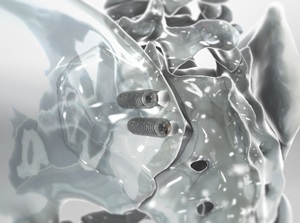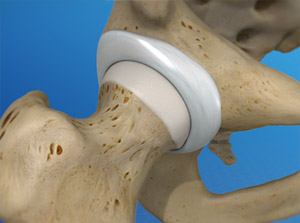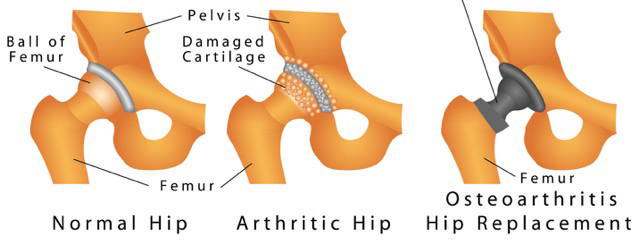Hip
One of the body’s largest weight-bearing joints, the hip, is where the thighbone (femur) meets the pelvis to form a ball-and-socket joint. The rounded ball-shaped head of the femur fits into a cup-shaped socket called the acetabulum in the pelvis.
Ligaments connect the ball to the socket, stabilizing the hip. Large muscles, gluteals, adductors, quadriceps, and hamstrings support the hip joint. Tendons attach muscles in the buttocks, thighs, and pelvis to the bones, and they control hip movement. Fluid-filled sacs, called bursae, cushion and help the muscles move smoothly over the bone.
Major nerves and blood vessels run through the hip. These include the sciatic nerve at the back of the hip and femoral nerve at the front of the hip, as well as the femoral artery, which begins in the pelvis and passes by the front of the hip and down the thigh.



 Arthritis
Arthritis 






































